Benjamin Gutierrez-Becker
Deep Shape Analysis on Abdominal Organs for Diabetes Prediction
Aug 06, 2018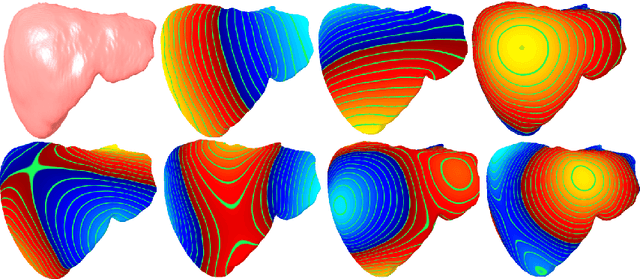
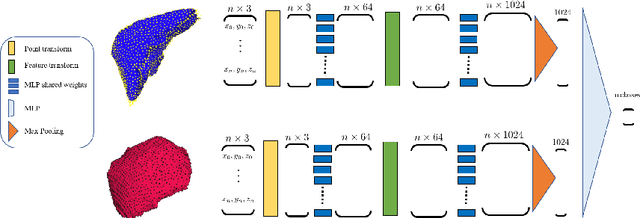
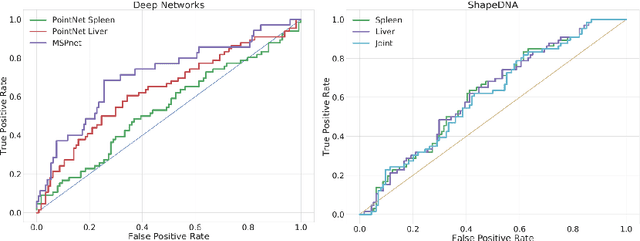
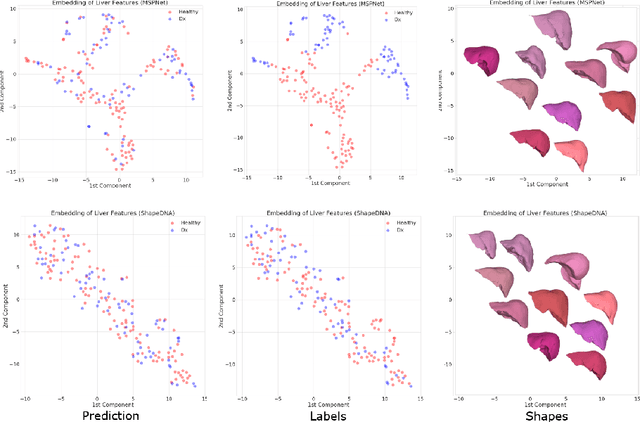
Abstract:Morphological analysis of organs based on images is a key task in medical imaging computing. Several approaches have been proposed for the quantitative assessment of morphological changes, and they have been widely used for the analysis of the effects of aging, disease and other factors in organ morphology. In this work, we propose a deep neural network for predicting diabetes on abdominal shapes. The network directly operates on raw point clouds without requiring mesh processing or shape alignment. Instead of relying on hand-crafted shape descriptors, an optimal representation is learned in the end-to-end training stage of the network. For comparison, we extend the state-of-the-art shape descriptor BrainPrint to the AbdomenPrint. Our results demonstrate that the network learns shape representations that better separates healthy and diabetic individuals than traditional representations.
Deep Multi-Structural Shape Analysis: Application to Neuroanatomy
Jun 04, 2018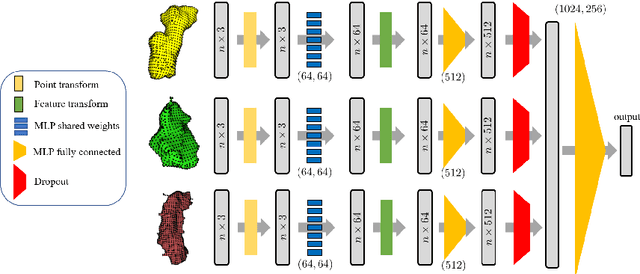
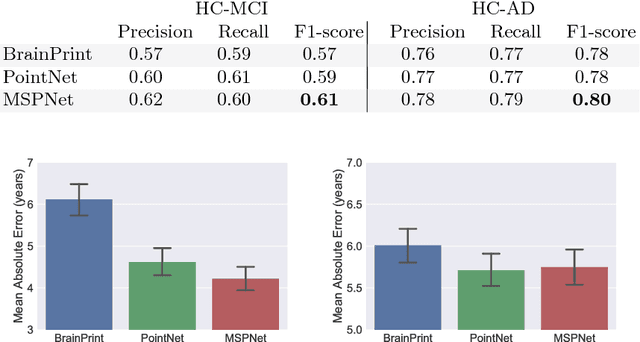
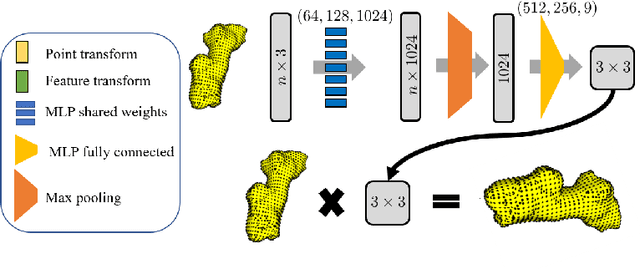
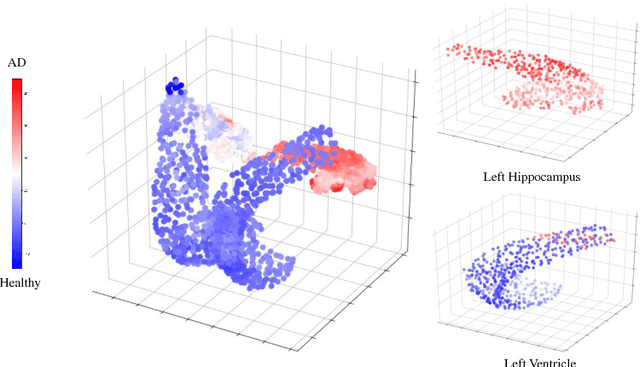
Abstract:We propose a deep neural network for supervised learning on neuroanatomical shapes. The network directly operates on raw point clouds without the need for mesh processing or the identification of point correspondences, as spatial transformer networks map the data to a canonical space. Instead of relying on hand-crafted shape descriptors, an optimal representation is learned in the end-to-end training stage of the network. The proposed network consists of multiple branches, so that features for multiple structures are learned simultaneously. We demonstrate the performance of our method on two applications: (i) the prediction of Alzheimer's disease and mild cognitive impairment and (ii) the regression of the brain age. Finally, we visualize the important parts of the anatomy for the prediction by adapting the occlusion method to point clouds.
Hands-Free Segmentation of Medical Volumes via Binary Inputs
Sep 20, 2016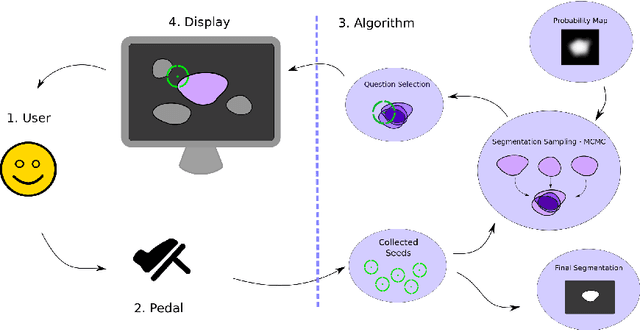
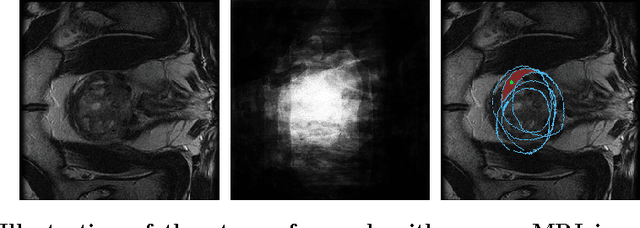

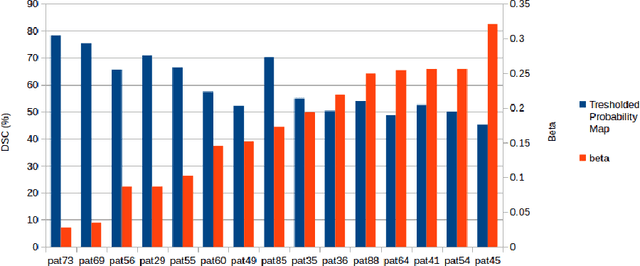
Abstract:We propose a novel hands-free method to interactively segment 3D medical volumes. In our scenario, a human user progressively segments an organ by answering a series of questions of the form "Is this voxel inside the object to segment?". At each iteration, the chosen question is defined as the one halving a set of candidate segmentations given the answered questions. For a quick and efficient exploration, these segmentations are sampled according to the Metropolis-Hastings algorithm. Our sampling technique relies on a combination of relaxed shape prior, learnt probability map and consistency with previous answers. We demonstrate the potential of our strategy on a prostate segmentation MRI dataset. Through the study of failure cases with synthetic examples, we demonstrate the adaptation potential of our method. We also show that our method outperforms two intuitive baselines: one based on random questions, the other one being the thresholded probability map.
 Add to Chrome
Add to Chrome Add to Firefox
Add to Firefox Add to Edge
Add to Edge